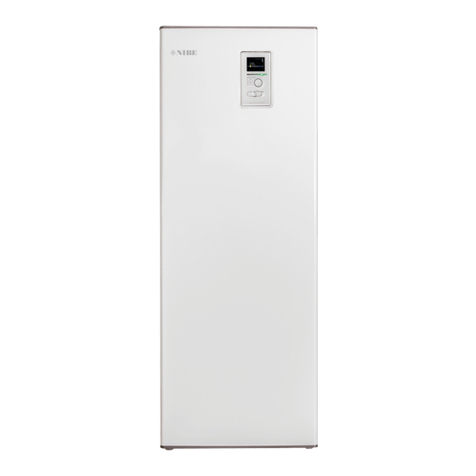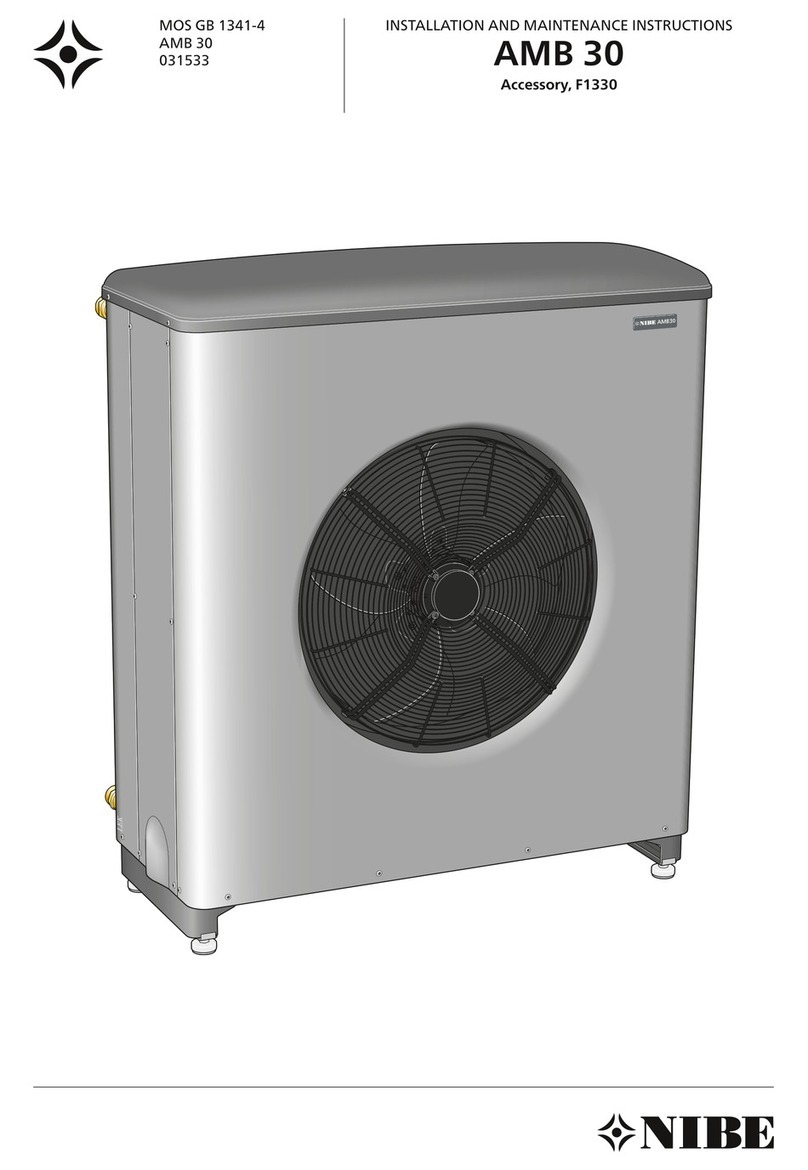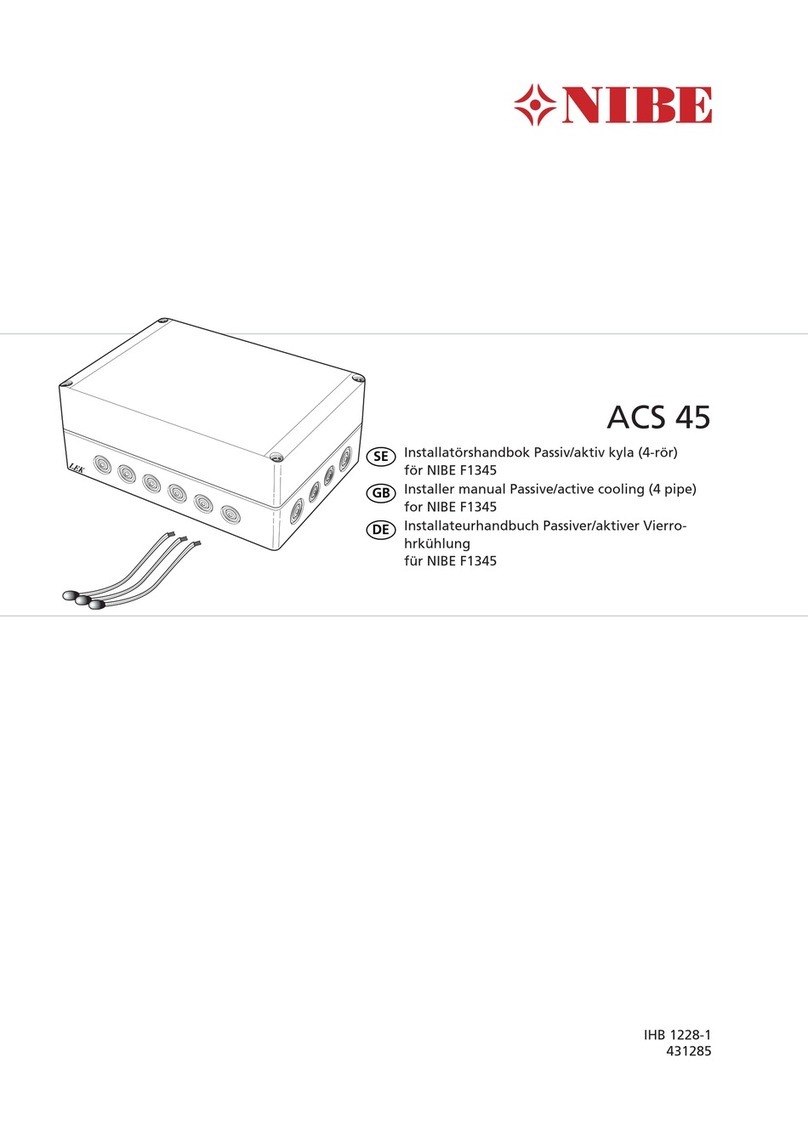Nibe BA-SVM 10-200 Series User manual
Other Nibe Air Conditioner manuals

Nibe
Nibe ERS 10-500 User manual
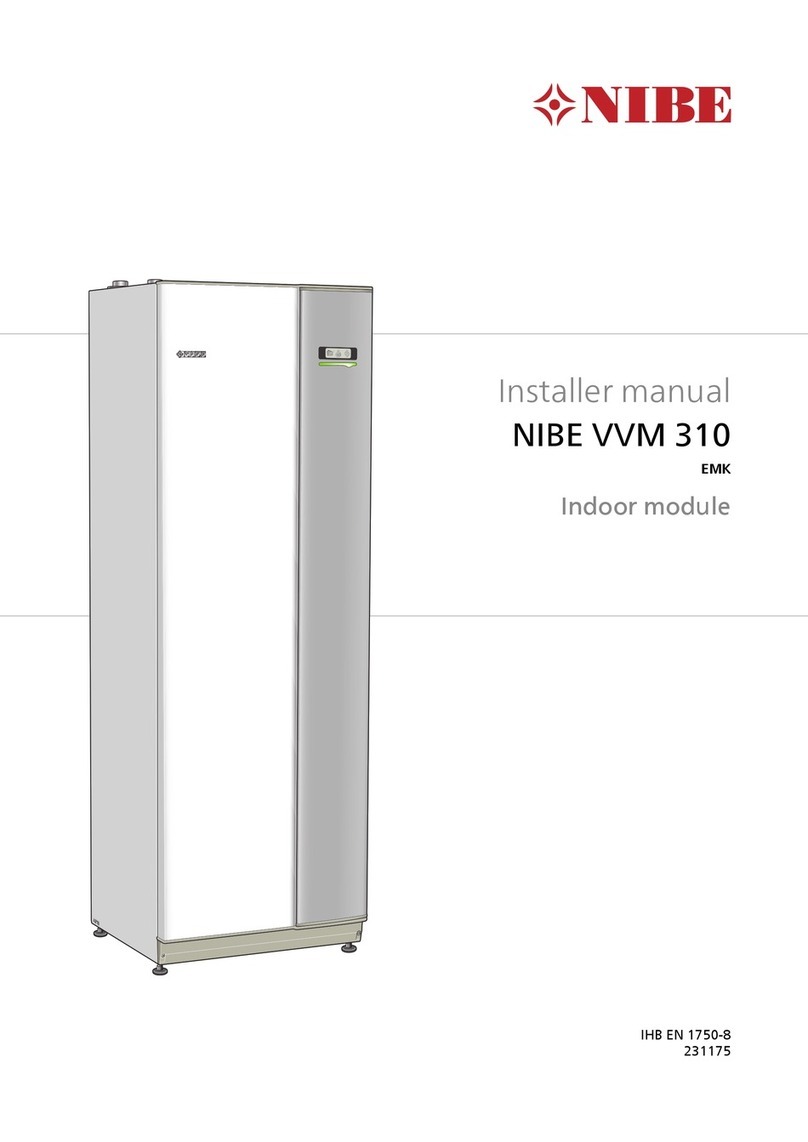
Nibe
Nibe VVM 310 EMK User guide
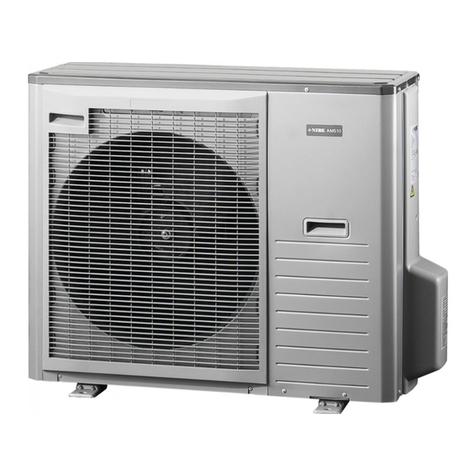
Nibe
Nibe ACVM 270 User manual
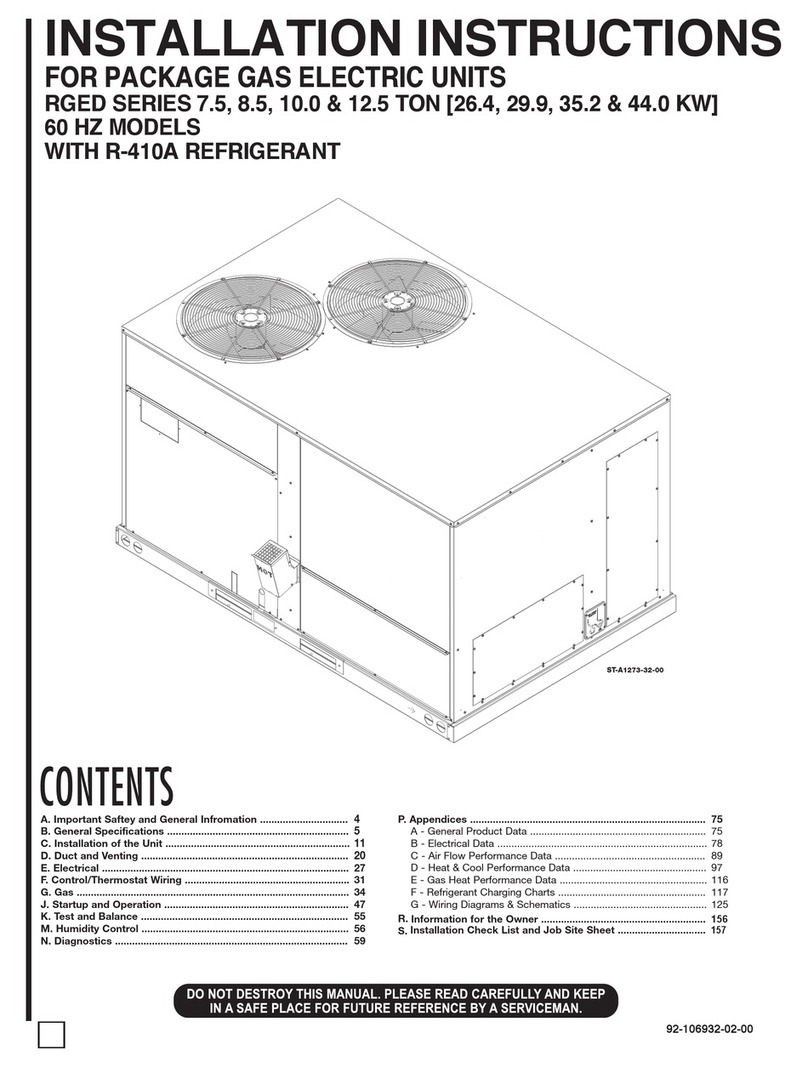
Nibe
Nibe Climate Master RGED Series User manual
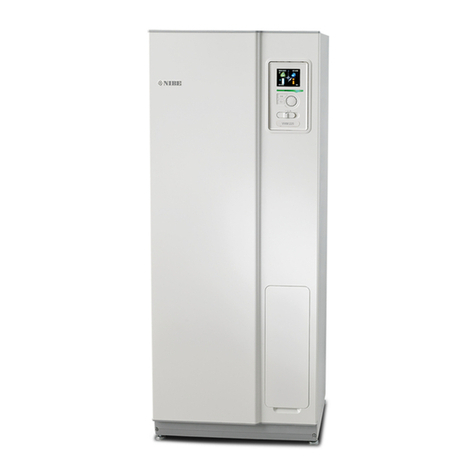
Nibe
Nibe VVM 225 User guide
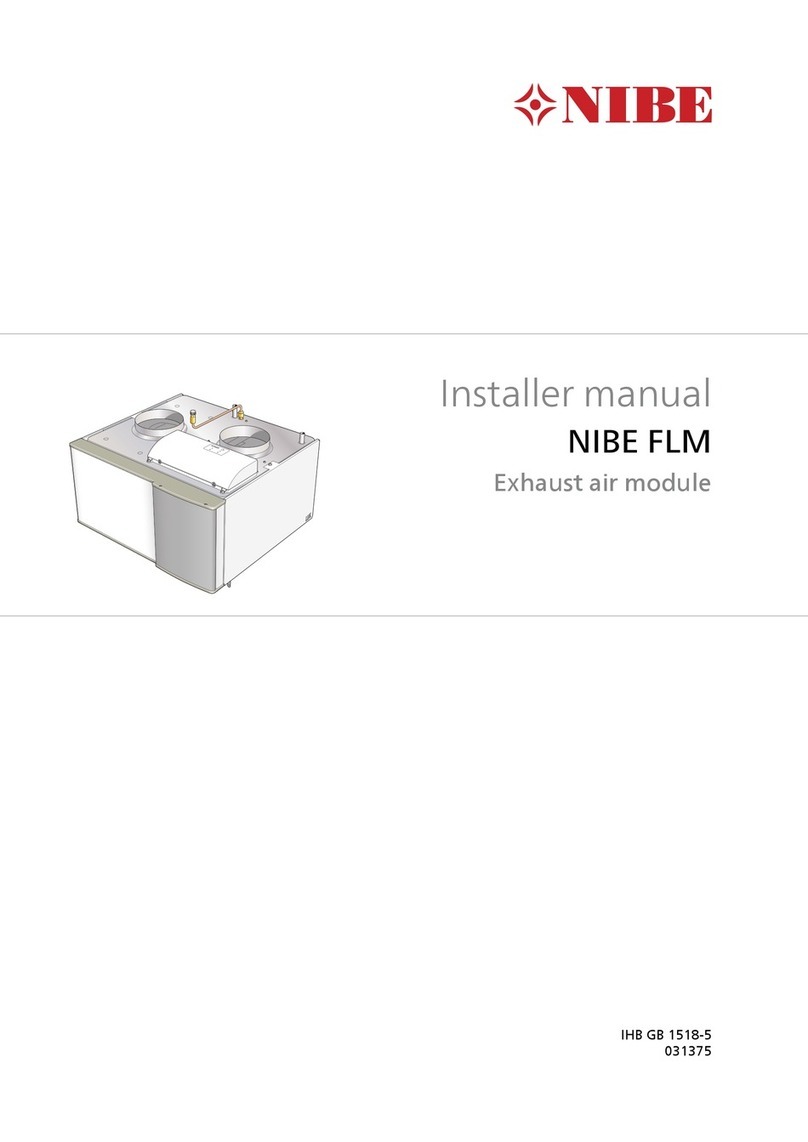
Nibe
Nibe FLM User guide

Nibe
Nibe ACS 45 User guide

Nibe
Nibe AG-WT10 series User manual

Nibe
Nibe AG-WT10-4 User manual
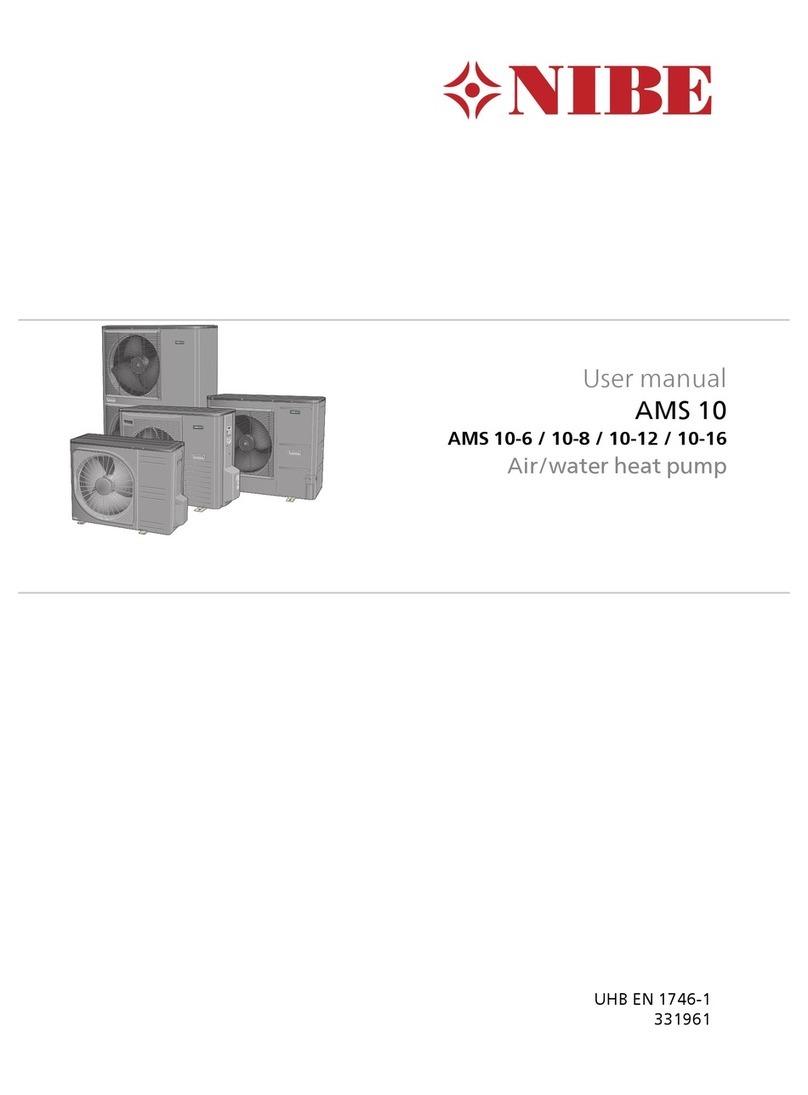
Nibe
Nibe AMS 10 User manual
Popular Air Conditioner manuals by other brands

Fujitsu
Fujitsu ASYG 09 LLCA installation manual

York
York HVHC 07-12DS Installation & owner's manual

Carrier
Carrier Fan Coil 42B Installation, operation and maintenance manual

intensity
intensity IDUFCI60KC-3 installation manual

Frigidaire
Frigidaire FAC064K7A2 Factory parts catalog

Sanyo
Sanyo KS2432 instruction manual

Mitsubishi Electric
Mitsubishi Electric PUHZ-RP50VHA4 Service manual

Panasonic
Panasonic CS-S18HKQ Service manual

Panasonic
Panasonic CS-E15NKE3 operating instructions

Gree
Gree GWH18TC-K3DNA1B/I Service manual

Friedrich
Friedrich ZoneAire Compact P08SA owner's manual

Daikin
Daikin R32 Split Series installation manual

